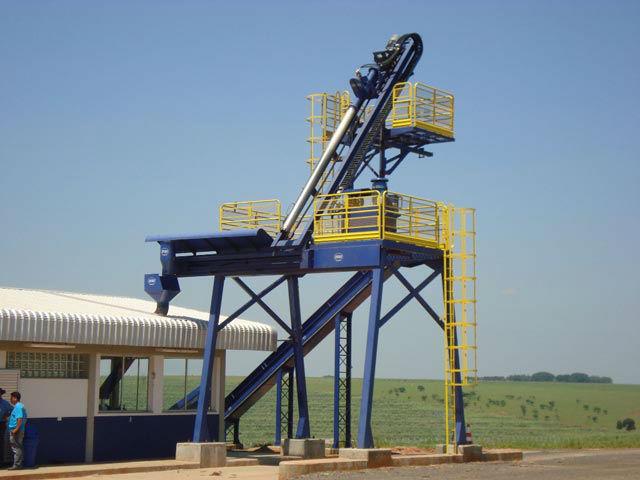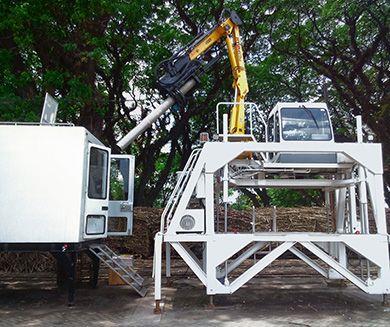By Brenda Kimaiyo, Kenya Sugar Board
Since the early 1900s, the Kenya sugar industry has used a weight-based system to pay sugarcane farmers. However, this approach has several shortcomings: it penalizes quality-conscious growers, encourages the harvesting of immature cane, and ultimately contributes to poor milling efficiency. In response to these challenges, both millers and farmers began advocating for a payment model that rewards cane quality rather than just quantity. This led to the development of the quality-based cane payment system, which provides a fair and transparent incentive for growers to maximize the sucrose content of their cane and for millers to improve sugar recovery.
A critical component of this system is the accurate and representative acquisition of cane samples, which is achieved through the use of a core sampler.
Core Sampler
Traditionally, cane sampling was conducted manually by cutting stalks from cane loads. This process was labor-intensive, time-consuming, and prone to human error, often resulting in unrepresentative samples. To overcome these limitations, the core sampler was introduced in the mid-20th century, with widespread adoption occurring in the 1970s and 1980s. It was developed to provide a faster, more accurate, and standardized method for sampling bulk cane, particularly in mechanized milling operations.
A core sampler is a mechanical device designed to extract a cylindrical cross-section of cane stalks using a rotating hollow probe fitted with a cutting crown at its tip. The probe is typically mounted on a mobile platform running on rails, which allows smooth forward and backward movement for efficient sampling without unloading the cane. This ensures the sample collected is representative of the entire load.
Today, the core sampler has become the standard sampling method in many leading sugar-producing countries, including Brazil, India, South Africa, and Kenya. In the Kenyan context, the fixed-angle core sampler has been adopted for use in several mills to support the quality-based payment model.
Types of Core Samplers
Core samplers vary by design, power source, and application setup. Here are the most common types:
1. Inclined Core Sampler (Fixed Angle Type)

-
Design: Mounted at an angle (usually 45°), allowing the drill to enter from the side or top corner of the cane pile.
-
Common Use: Industrial-scale mills with high throughput.
-
Advantages: High speed and efficiency; good cross-sectional sampling.
-
Limitation: High initial and maintenance costs.
This type is currently employed in Kenya.
2. Mobile Core Sampler

-
Design: Mounted directly on sampling vehicles or mobile stations.
-
Common Use: Remote locations, mobile field operations.
-
Advantages: Mobility and flexibility; useful during harvest when sampling is needed at the field edge.
-
Limitation: Requires vehicle maintenance and skilled operation.
3. Vertical Core Sampler
-
Design: Mounted vertically; the corer drills down into the cane load.
-
Common Use: At weighbridges or static sampling stations.
-
Advantages: Consistent penetration; accurate vertical sampling of top-to-bottom cane sections.
-
Limitation: Requires vertical clearance (cannot be used in closed trucks or compact settings).

